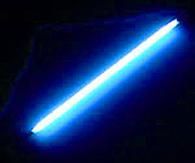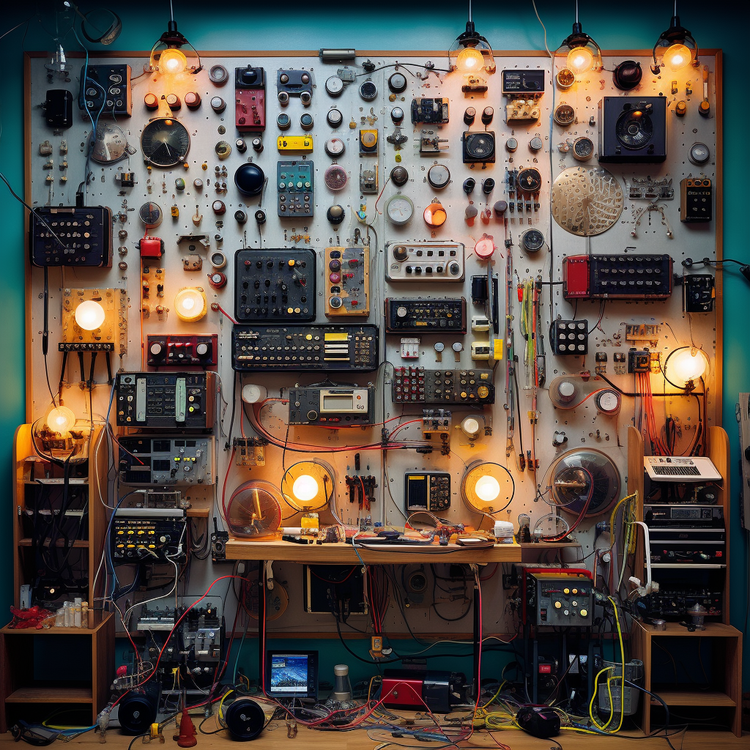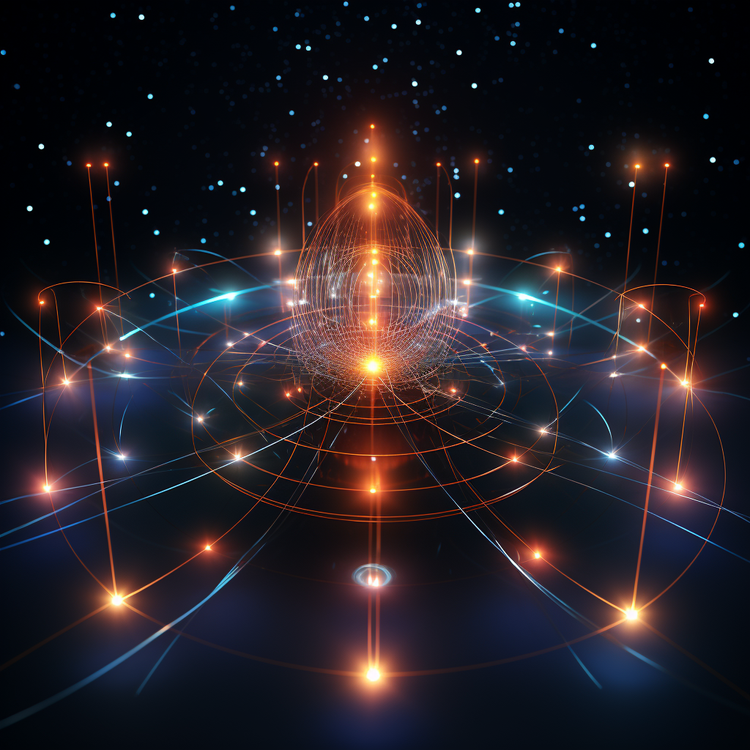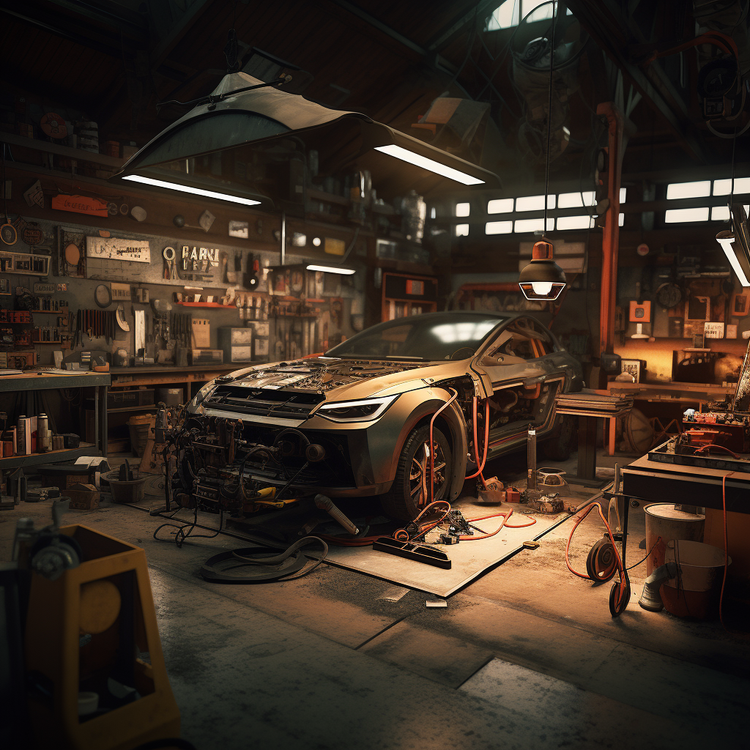How Do Fluorescent Lights Work?

Most fluorescent lights work using the inelastic scattering nuclear reaction.
What??
This is where an electron collides with a gas molecule, transferring its energy. This causes a valence (outside edge) electron in the molecule to become excited and unstable. The electron de-excites (becoming less energetic) by emitting a photon. There's still more going on inside that little lamp, though.

The interior of fluorescent lamps is coated in a fluorescent chemical which will release photons of a different, visible energy level when an incident photon strikes. This reaction requires electricity to provide the initial electron. Current technology has a voltage applied to the "starter" circuitry of the light bulb. This causes the neon gas inside a "starter" to heat up until two metal electrodes. These electrodes expand until they touch, which shorts in a large inductor. This will also cause a voltage to be applied to the cathode of the lamp. Due to thermionic emission (heat causing electrons to be ejected), electrons will be released. The electrons collide with the gas in the light to form plasma.
In the starter circuitry, the neon gas will have cooled, causing the electrodes to no longer touch. This causes the inductor to release the stored energy in its magnetic field into the plasma, causing an arc between the lamp's electrodes. At this point, there is a complete path for current flow through the arc. The gas in the lamp will continue to heat, allowing for more current flow over time until saturation is reached and the light functions normally. The electrons in the arc strike the phosphor coating, causing photons to be released into your home.
It's surprising how much physics goes into a simple lightbulb. Even more impressive is that most newly constructed circuits use a solid-state version of the above circuitry. These electronic ballasts cost a bit more but last much, much longer. Consider switching to these in your home. Alternatively, think about LEDs.




Member discussion